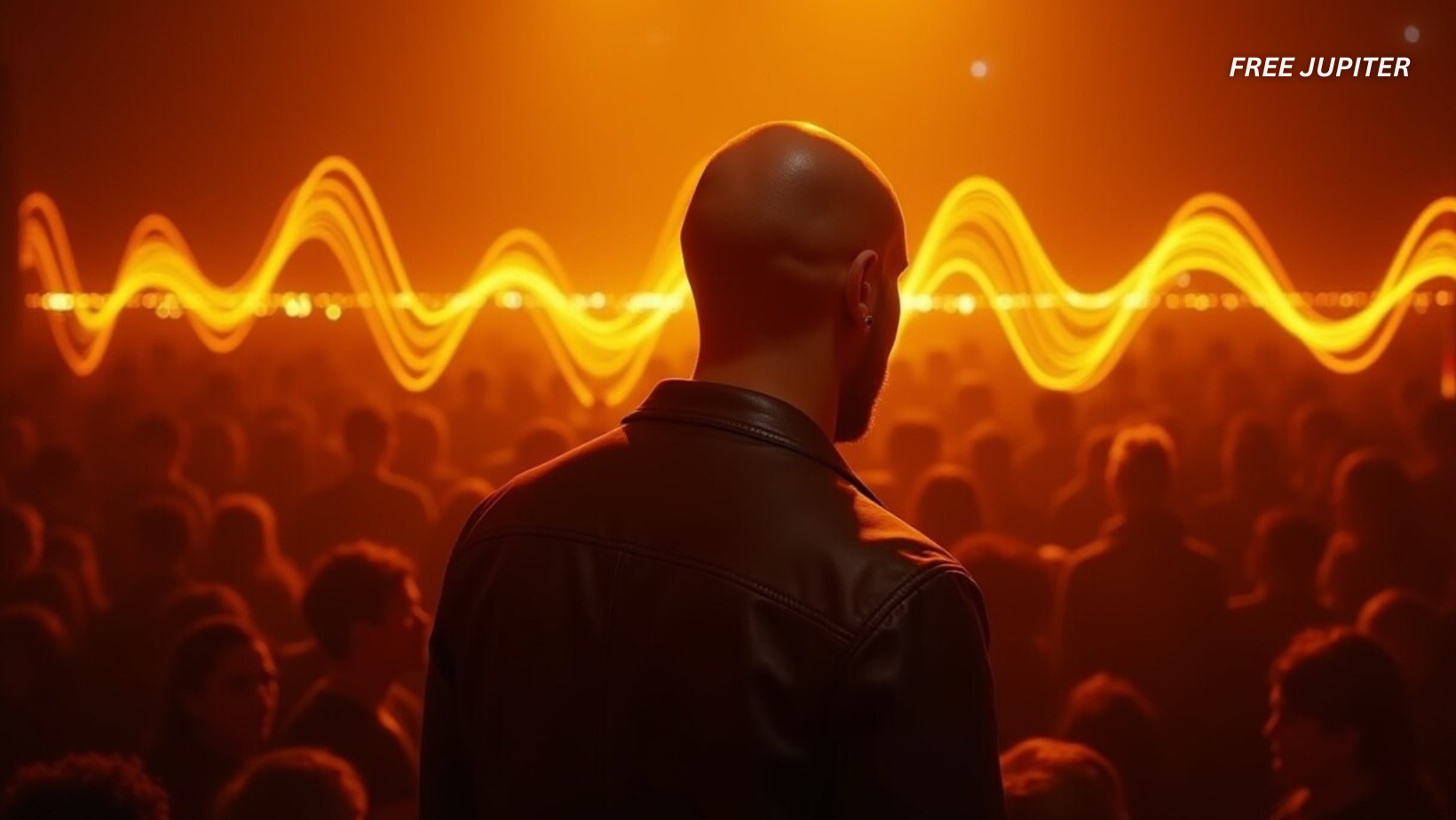Friendly Note: FreeJupiter.com shares general info for curious minds 🌟 Please fact-check all claims—and always check health matters with a professional 💙
In a remarkable leap forward in acoustic science, researchers at Penn State University have developed a novel method to transmit sound so precisely that only a single person within a bustling environment can hear it. This breakthrough, detailed in the Proceedings of the National Academy of Sciences, offers a glimpse into a future where personal audio experiences can be delivered without headphones or disturbing others nearby.
Understanding the Challenge: Why Directing Sound Is Difficult
Sound naturally propagates by spreading out in all directions, a phenomenon known as diffraction. This behavior is especially pronounced at lower frequencies, which are common in most audible sounds. As sound waves travel, they tend to disperse, making it difficult to contain them within a narrow beam or direct them to a specific point without leakage.
Traditional methods of delivering focused sound involve directional speakers or headphones, but these have limitations. Directional speakers can still create audible spillover, and headphones require physical contact and can be uncomfortable for long periods. The Penn State team sought to overcome these challenges by harnessing ultrasound waves, which operate at frequencies far beyond human hearing.
Ultrasound as a Carrier for Audible Sound
Ultrasound waves, typically above 20,000 Hz, are inaudible to humans. The researchers cleverly used two ultrasound beams vibrating at slightly different frequencies—say 40,000 Hz and 39,500 Hz. When these beams intersect, they generate a new wave at the difference frequency, in this case, 500 Hz, which falls well within the audible range.
This phenomenon, known as the heterodyne effect, allows the creation of sound that only becomes audible at the point where the ultrasound beams cross. Along their paths, the ultrasound waves remain silent, ensuring that no one outside the target zone hears the sound.
Creating the “Virtual Headset”: Sound Enclaves in Open Space
Lead researcher Jiaxin Zhong describes this innovation as a “virtual headset.” Instead of wearing physical headphones, a listener can stand within an “audible enclave,” a small bubble of sound created by the crossing ultrasound beams. Inside this enclave, the listener hears the intended audio clearly, while those just a few inches away remain in silence.
This precise targeting of sound opens doors to numerous applications. For example, in a crowded museum, visitors could receive personalized audio tours without the need for bulky equipment or disturbing others. Similarly, in libraries or quiet public spaces, individuals could enjoy audio content privately without breaking the ambient silence.
Steering Sound Waves: Overcoming Obstacles with Acoustic Metasurfaces
One of the most fascinating aspects of this technology is its ability to bend sound waves around obstacles. This is achieved using acoustic metasurfaces—engineered materials designed to manipulate sound wave propagation with high precision.
Much like how an optical lens bends light to focus or redirect it, these metasurfaces can curve ultrasound beams along desired paths. This means sound can be delivered even if the direct line of sight is blocked by objects or people. The ability to steer sound waves around barriers significantly enhances the practicality of this technology in real-world environments.
Testing and Validation: Simulating Human Hearing
To ensure the system works as intended, the research team conducted experiments using a dummy equipped with microphones placed inside its ears to simulate human hearing. Additional microphones scanned the area where the ultrasound beams intersected.
The results were striking: audible sound was detected exclusively at the intersection point, confirming the creation of a highly localized sound enclave. Outside this zone, the environment remained silent, validating the precision of the sound delivery.
Read more: The Real Science and Psychology Behind PTSD (Post-Traumatic Stress Disorder)
Current Capabilities and Limitations
At present, the technology can generate these sound enclaves at distances of about three feet, producing sound at approximately 60 decibels—the volume typical of a normal conversation. While this is a promising start, the researchers acknowledge that the system is still in its infancy and requires further development before it can be commercialized.
Challenges ahead include increasing the range and volume of the sound bubbles, refining the steering capabilities of the ultrasound beams, and ensuring safety and comfort for users in various settings.
Potential Applications: Transforming Public and Private Spaces
The implications of this technology are vast and varied:
- Museums and Galleries: Visitors could receive personalized audio guides tailored to exhibits they are viewing, without the need for headphones or disturbing others.
- Libraries and Study Areas: Individuals could listen to recorded lectures or music privately, maintaining the quiet atmosphere essential to these spaces.
- Urban Noise Management: By creating zones of silence or targeted sound, cities could mitigate noise pollution, offering residents pockets of calm amid the hustle and bustle.
- Retail and Advertising: Stores could deliver promotional messages or product information to specific customers without broadcasting to the entire crowd.
- Healthcare and Therapy: Targeted sound delivery could aid in treatments requiring focused auditory stimuli, such as certain cognitive therapies.
The Road Ahead: Future Research and Development
To bring this technology from the lab to everyday life, several avenues of research remain:
- Scaling Distance and Volume: Enhancing the power and focus of ultrasound beams to create larger or more distant sound enclaves.
- Miniaturization and Portability: Developing compact devices that can be easily installed in various environments.
- Integration with Smart Systems: Combining sound enclaves with sensors and AI to dynamically adjust sound delivery based on user location and context.
- Safety and Regulation: Ensuring that prolonged exposure to ultrasound waves is safe for humans and establishing guidelines for public use.
Read more: Human Eyes Have Only Seen 0.001% of the Seafloor
Conclusion: A New Era of Personalized Sound
The Penn State team’s pioneering work heralds a future where sound can be as private and precise as a whispered conversation, even in the busiest of places. By leveraging ultrasound waves and innovative materials, they have created a technology that promises to redefine how we experience audio in shared environments.
While still emerging, this approach to sound delivery could soon enable us to enjoy personalized audio without headphones, maintain quiet in public spaces, and open new possibilities in communication and entertainment. It’s an exciting step toward a world where sound bends to our will, reaching only those it is meant for, and leaving the rest in peaceful silence.










